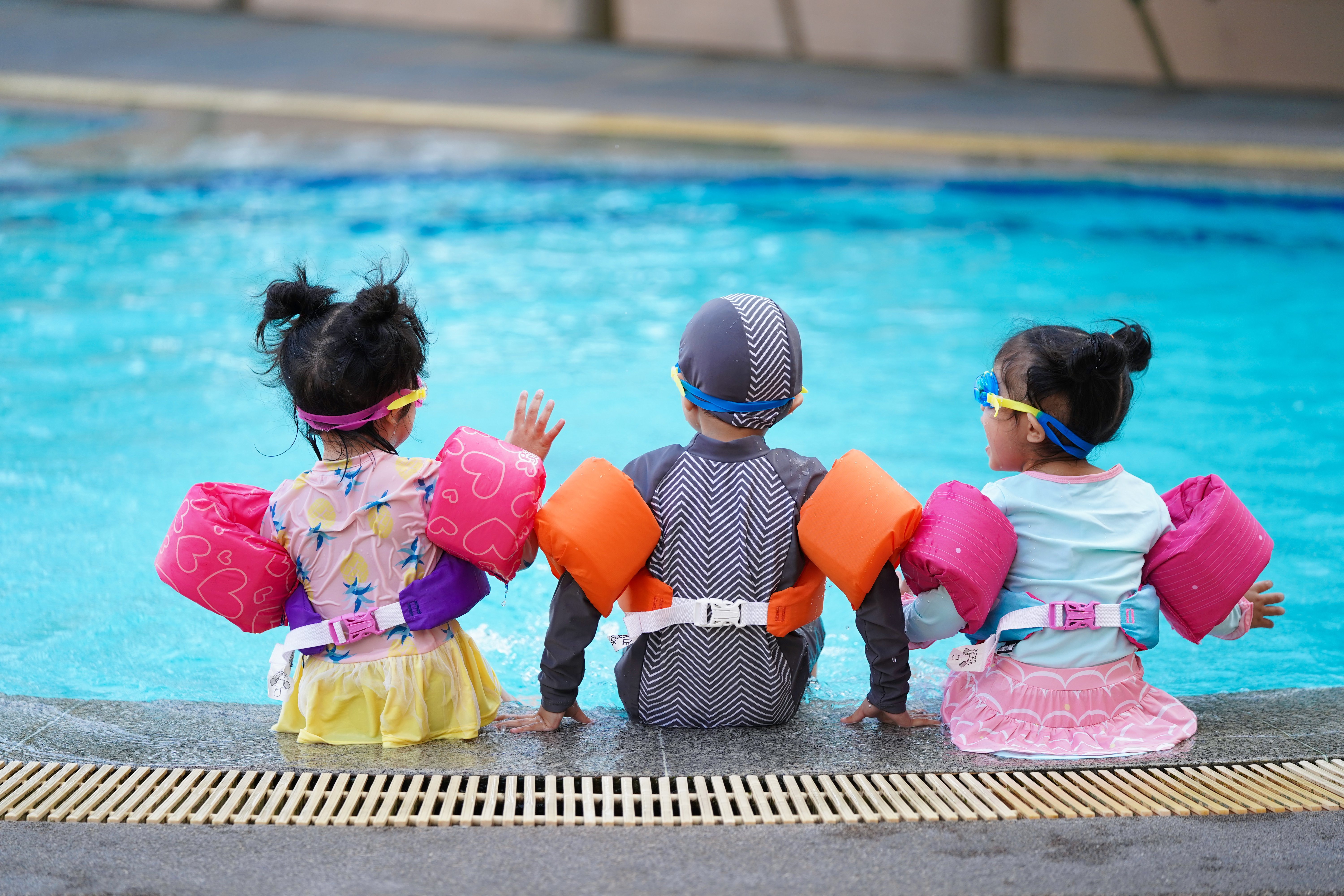 It’s officially summer! And with all the fun activities that this season offers, it’s also a time to focus on safety and preparedness.
It’s officially summer! And with all the fun activities that this season offers, it’s also a time to focus on safety and preparedness.
Summer weather, including severe storms and extreme heat can come and go quickly. Ensure you are prepared and ready for both with these tips and tools.
Severe Weather - Thunderstorms and lightning can occur with little warning, especially in the summer months. Remember – if there is a thunderstorm in your area, you should go inside quickly. Ensure that children aren’t playing outside at these times, it’s best to stay inside and wait it out until the storms pass. Child Care Aware of America has a dedicated page on Thunderstorms and Lightning. This page offers helpful information on how to prepare for and plan for severe, summer storms. We’ve also provided helpful links to partners for additional resources.
Extreme Heat – During the summer months, in many parts of the country, it can get HOT! Make sure the staff and children in your care are protected from extreme heat, using these tips.
- Stay cool when you are inside. If you have air conditioning, stay inside as much as you can. Stay in an air-conditioned place as much as possible.
- Choose lightweight, light-colored, and loose-fitting clothing when it’s hot outside.
- Never leave children in vehicles, not even for a short amount of time
- Ensure everyone has access to water, shade, and periods of rest from the heat
- Apply sunscreen as appropriate for children 6 months and older (at least SPF 15); and use sun protection for younger children
Child Care Aware of America has a dedicated page on extreme heat, full of helpful resources from our partners, here.
Water safety - This time of year may also mean lots of swimming for children and adults alike. Make sure you are staying safe in and around the water, by using these tips from Safe Kids Worldwide.
- Watch kids when they are in or around water, without being distracted.
- Empty tubs, buckets, containers and kids’ pools immediately after use.
- Close lids and doors.
- Install fences around home pools.
- Learn CPR and basic water rescue skills.
Caring for Our Children: National Health and Safety Standards; Guidelines for Early Care and Education Programs (CFOC) recommends that adults should be in direct physical contact with infants during swimming or water play and provide touch supervision to children 13 mo.-5 yrs. Touch supervision means keeping swimming children within arm’s reach and in sight at all times. Drowning is a “silent killer” and children may slip into the water silently without any splashing or screaming.
Summer can be a lot of fun. And with proper planning and preparedness, you can have a great time…and stay safe!



![How to Use AmazonSmile to Support CCAoA [2022]](https://info.childcareaware.org/hubfs/PD_App_Facebook_1200x627.png)

